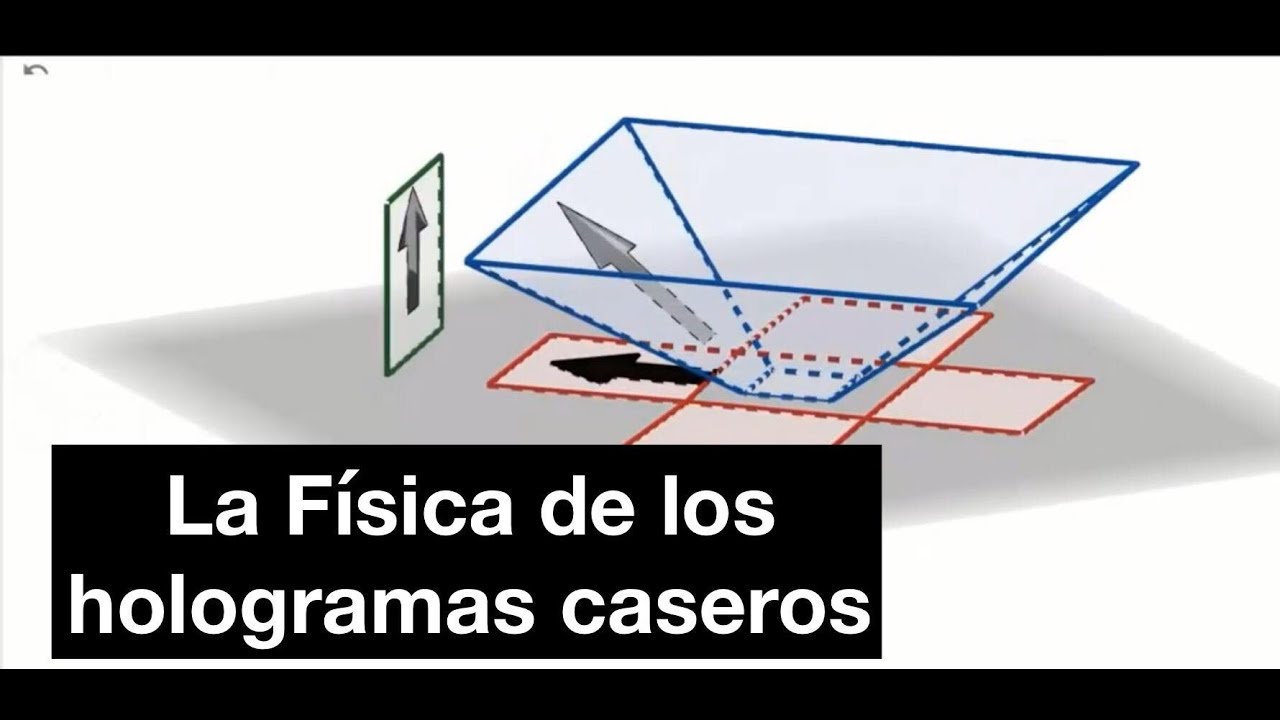Snell's law example 1 | Geometric optics | Physics | Khan Academy
Summary
TLDRThis tutorial on Snell's Law illustrates how light refracts between different media, specifically from air to water and from a vacuum to an unknown material. The first example demonstrates calculating the angle of refraction using the refraction indices, showing that an incident angle of 35 degrees results in an angle of 25.6 degrees in water. The second example explores how to determine the unknown material's refraction index and the speed of light within it, concluding with a calculated speed of approximately 232 million meters per second. The video effectively combines theory with practical calculations to deepen understanding.
Takeaways
- 😀 Snell's Law describes how light refracts when it passes between different media.
- 😀 The angle of incidence is measured from the perpendicular to the surface.
- 😀 In the first example, light travels from air (n=1.00029) into water (n=1.33) with an incident angle of 35 degrees.
- 😀 The angle of refraction for light moving from air to water is approximately 25.6 degrees.
- 😀 The sine of the angles and the refraction indices are related through Snell's Law: n1 * sin(θ1) = n2 * sin(θ2).
- 😀 The second example involves light moving from a vacuum (n=1) into an unknown material with a measured angle of refraction.
- 😀 The unknown material has a calculated refraction index of approximately 1.29.
- 😀 The speed of light in the unknown material can be determined using its refraction index.
- 😀 Light travels slower in denser materials, which is why the angle of refraction is greater when moving into a slower medium.
- 😀 Understanding Snell's Law is fundamental in optics for predicting how light will behave in various scenarios.
Q & A
What is Snell's Law used for?
-Snell's Law is used to describe how light refracts, or bends, when it passes from one medium to another, allowing the calculation of angles of incidence and refraction based on the refractive indices of the involved media.
What are the refractive indices of air and water mentioned in the video?
-The refractive index of air is approximately 1.00029, while the refractive index of water is about 1.33.
How is the angle of refraction calculated in the first example?
-In the first example, the angle of refraction is calculated using Snell's Law, where the product of the refractive index of air and the sine of the incident angle equals the product of the refractive index of water and the sine of the angle of refraction.
What incident angle was used in the first example, and what was the resulting angle of refraction?
-The incident angle used in the first example was 35 degrees, and the resulting angle of refraction was approximately 25.6 degrees.
In the second example, what angles were measured, and what was the purpose of the calculation?
-In the second example, the incident angle was measured at 30 degrees, and the angle of refraction was 40 degrees. The calculation aimed to determine the unknown refractive index of a material.
What is the significance of the calculated unknown refractive index of 1.29?
-The unknown refractive index of 1.29 indicates how light travels through the material compared to a vacuum, suggesting that light travels slower in this material than in a vacuum.
How is the speed of light in the unknown medium calculated?
-The speed of light in the unknown medium is calculated by rearranging the relationship between refractive index and speed, where the refractive index equals the speed of light in a vacuum divided by the speed of light in the medium.
What was the approximate speed of light in the unknown material, according to the calculations?
-The approximate speed of light in the unknown material was calculated to be about 232 million meters per second.
What analogy is used to explain the bending of light in Snell's Law?
-An analogy involving a car traveling from a road into mud is used to explain how light bends when entering a denser medium, illustrating that light slows down and bends towards the normal line.
Why is it important to use the inverse sine function in the calculations?
-The inverse sine function is important because it allows for the determination of the angle corresponding to a given sine value, which is essential for solving for the angle of refraction in the context of Snell's Law.
Outlines

Cette section est réservée aux utilisateurs payants. Améliorez votre compte pour accéder à cette section.
Améliorer maintenantMindmap

Cette section est réservée aux utilisateurs payants. Améliorez votre compte pour accéder à cette section.
Améliorer maintenantKeywords

Cette section est réservée aux utilisateurs payants. Améliorez votre compte pour accéder à cette section.
Améliorer maintenantHighlights

Cette section est réservée aux utilisateurs payants. Améliorez votre compte pour accéder à cette section.
Améliorer maintenantTranscripts

Cette section est réservée aux utilisateurs payants. Améliorez votre compte pour accéder à cette section.
Améliorer maintenantVoir Plus de Vidéos Connexes

How to get your readings without touching any apparatus

REFRAÇÃO DA LUZ E DISPERSÃO LUMINOSA - ÓPTICA - Aula 8 - Prof Boaro

CAHAYA DAN ALAT OPTIK (PART 1) : IPA KELAS 8 SMP

Total internal reflection | Geometric optics | Physics | Khan Academy

Refraction and Snell's law | Geometric optics | Physics | Khan Academy

La Física de los Hologramas Caseros
5.0 / 5 (0 votes)
